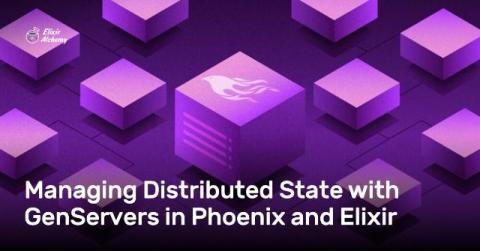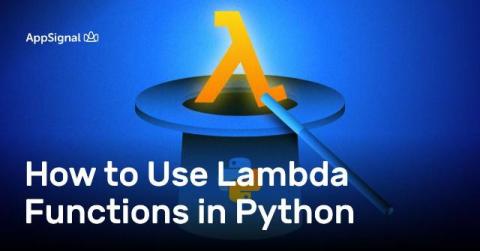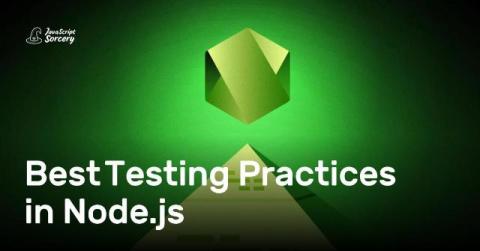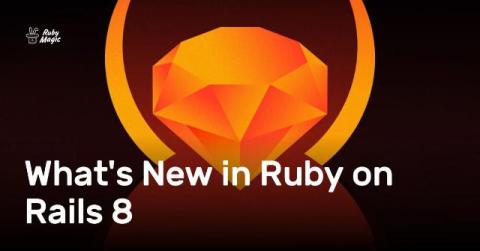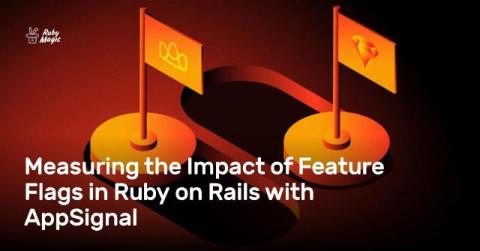The Basics of Rack for Ruby
Rack is the foundation for every popular Ruby web framework in existence. It standardizes an interface between a Ruby application and a web server. This mechanism allows us to pair any Rack-compliant web server (such as Puma, Unicorn, or Falcon) with any Rack-compliant web framework (like Rails, Sinatra, Roda, or Hanami). Separating the concerns like this is immensely powerful and provides a lot of flexibility. It does, however, also come with limitations.



